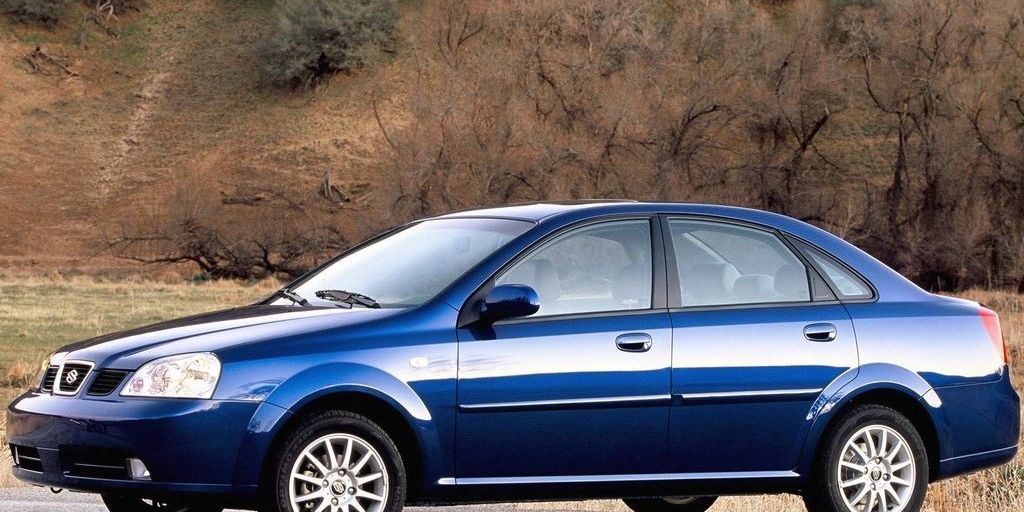Japanese automakers have earned a legendary reputation for building vehicles that run like clockwork, even decades after they’ve left the showroom floor.
From the bulletproof Toyota Corolla to the indestructible Honda Civic, many Japanese models are celebrated for their long-term dependability, resale value, and ease of ownership.
But for every model that gracefully matures into a trusted classic, there’s another that seems to fall apart the moment the warranty ends. That’s the reality of the car world: not all vehicles, even those from Japan, age the same.
In this breakdown, we explore two sides of the Japanese car aging spectrum. First, we spotlight five Japanese cars that age like fine wine—models known for getting better with time, either through reliability, enduring popularity, or surprisingly strong resale values.
These are the vehicles mechanics recommend and owners love long after the new car smell fades.
Then we flip the coin to examine five Japanese cars that, despite promising badges, rot like bread. These models suffer from chronic mechanical issues, poor rustproofing, or design flaws that rear their ugly heads over time.
Together, these lists aim to guide anyone looking to invest in a used Japanese car—helping you know what to buy and what to avoid.
Also Read: 5 Vehicles That Flip for Profit and 5 That Tank Your Wallet
5 Japanese Cars That Age Like Wine
Japan’s auto industry has long been synonymous with durability, efficiency, and thoughtful engineering. While most car buyers know about Toyota and Honda’s sterling reputations, not all Japanese vehicles are created equal.
Within the same brand, some models become icons of longevity, while others quietly disappear due to recurring issues.
What we’re focusing on here are the Japanese vehicles that have proven themselves decade after decade—not just on paper, but in real-world use by owners, fleets, and mechanics.
These aren’t necessarily the flashiest or fastest vehicles, but they are the most respected in the used market. Their engines stay strong, transmissions hold firm, and the interiors and electronics rarely give up.
These are the cars you see with 300,000 miles still running smoothly, or being passed down to a second or third owner with minimal drama.
Why are we talking about them? Because anyone shopping for a used vehicle in 2025 wants value and confidence. Reliability is no longer a luxury; it’s a necessity when car prices are high and repair costs are climbing.
If you’re in the market for a dependable ride that won’t surprise you with constant shop visits, these five Japanese models stand out as aging champions. Let’s take a closer look at what makes them special.
1. Toyota Land Cruiser
When it comes to vehicles that seem to defy time, the Toyota Land Cruiser is in a league of its own. Built with overengineering as its foundation, the Land Cruiser has a global reputation for being nearly indestructible.
Whether crawling through rocky terrain or quietly clocking highway miles, this full-size SUV has earned the respect of both adventurers and suburban families alike. If there were ever a Japanese vehicle that aged like fine wine, it’s this one.
What sets the Land Cruiser apart isn’t just its legendary 4.7L or 5.7L V8 engines (depending on the generation), but its entire build philosophy.
Toyota crafted this machine to handle the toughest environments—deserts, mountains, jungles—places where failure could mean more than inconvenience.
That same ruggedness makes the Land Cruiser nearly bulletproof in everyday life. Owners routinely report reaching 300,000 to 500,000 miles with only routine maintenance.
Interior quality also plays a role in its long life. Even older models feel solid and thoughtfully built, with minimal creaks or signs of wear over the years.
Electronics are simple and reliable. The drivetrain is engineered for longevity, with body-on-frame construction that resists rust and abuse far better than most unibody crossovers.
Resale value is another indicator of its staying power. Used Land Cruisers often sell for jaw-dropping prices—sometimes even close to what they originally cost—because their long-term reliability is so trusted.
This is especially true for models from the early 2000s, which have become favorites in overland and expedition communities worldwide.
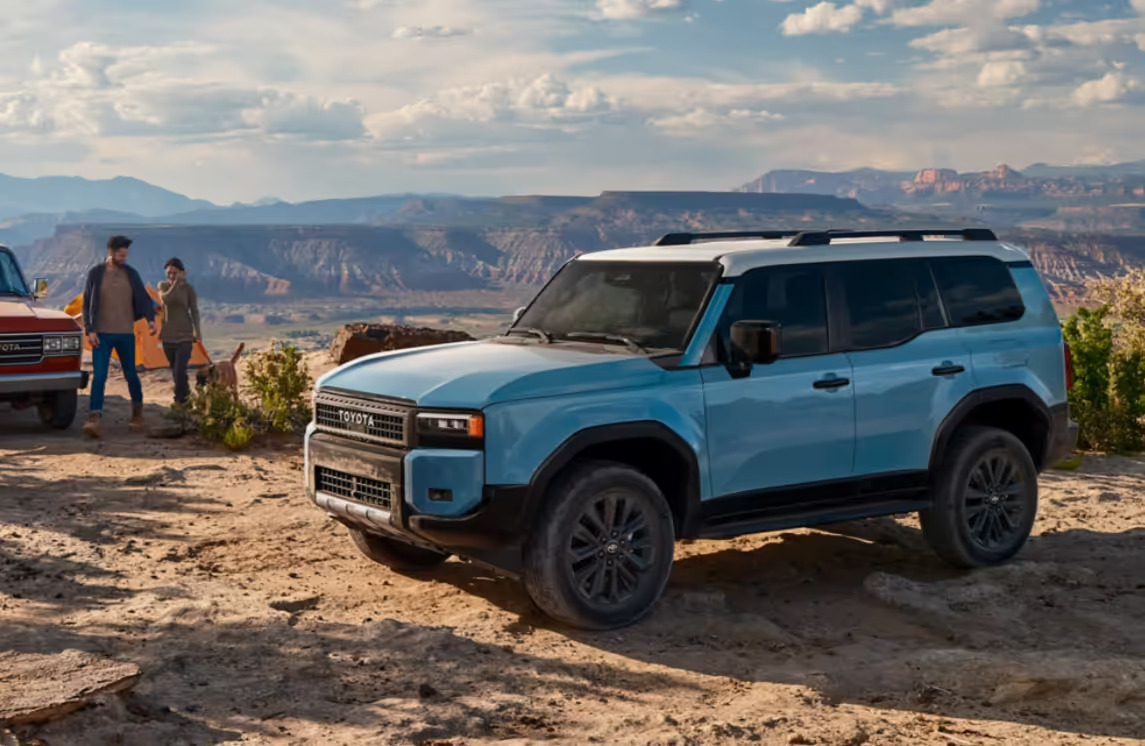
Mechanics will tell you that the Land Cruiser is one of the few SUVs they rarely see for major issues. Sure, repairs can be expensive due to its size and complexity, but you won’t need them often. It’s a rare vehicle that performs well off-road, commutes comfortably on highways, and maintains exceptional long-term value.
If your goal is to own a Japanese vehicle that grows more impressive—not more troublesome—with age, the Toyota Land Cruiser stands as a gold standard.
Whether you’re buying a 10-year-old model or aiming to keep one for the next 20, it’s the kind of investment that pays back in peace of mind and sheer longevity.
2. Honda Accord
The Honda Accord is the kind of car that quietly builds its legacy. It doesn’t make headlines with exotic styling or massive horsepower numbers, but year after year, generation after generation, it proves one critical point: reliability is king. And when it comes to aging gracefully, few sedans—Japanese or otherwise—match the Accord’s consistency.
What makes the Accord age so well is its balance. Honda engineers have long prioritized engine durability, drivetrain smoothness, and chassis integrity over gimmicks.
The result? A car that holds together impressively, even as the odometer approaches the 250,000–300,000-mile mark. Particularly strong are the 2.4L inline-four and the 3.5L V6 engines, which have proven themselves across multiple model years with minimal major failures.
But the Accord isn’t just a mechanical workhorse. It’s also surprisingly refined. Cabin materials, even in base trims, often surpass what you’d expect from a midsize sedan.
Fit and finish remain tight, and controls are intuitive and free from complicated tech that tends to break down in aging vehicles. If you’re looking for a car that offers comfort, practicality, and longevity in equal measure, the Accord nails it.
Another reason the Accord continues to age like wine? Its owner community and parts availability. There’s a huge aftermarket and OEM supply chain for everything from suspension components to engine sensors.
Repairs, when needed, are relatively inexpensive, and nearly any mechanic in the world has experience working on an Accord. This ease of maintenance adds years of life to the vehicle—and peace of mind to the owner.
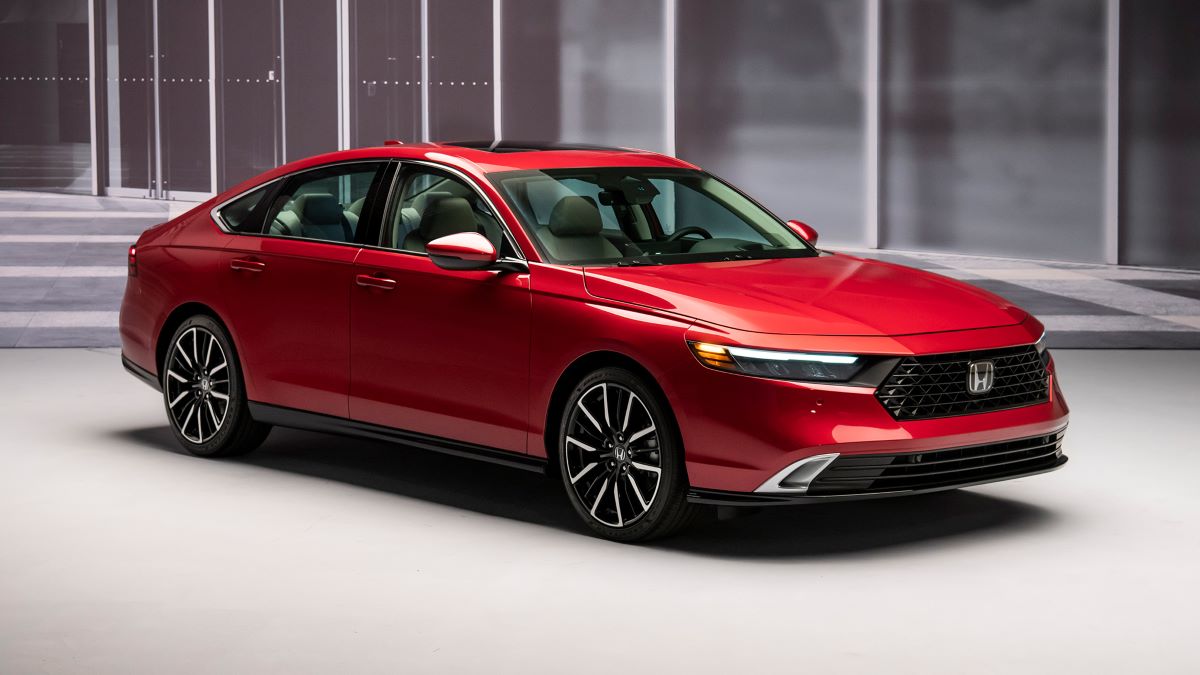
It’s also a car that doesn’t feel old. Even a ten- or fifteen-year-old Accord can still be enjoyable to drive, thanks to solid steering, comfortable ride quality, and decent fuel economy. You don’t feel like you’re driving something past its prime.
The Accord’s strong resale value and long service life mean it’s one of the smartest used buys on the market. People who own them tend to hang onto them, and for good reason—they just keep going.
If you want a car that won’t embarrass you at the curb or leave you stranded on the shoulder, the Honda Accord is one of Japan’s most dependable aging champions.
3. Lexus LS 430
The Lexus LS 430 isn’t just a luxury car—it’s a quiet legend in the world of long-lasting vehicles. Built during Lexus’s peak era of obsessive craftsmanship, the LS 430 has become one of the most reliable luxury sedans ever made.
If the Toyota Land Cruiser is the off-road king of aging gracefully, the LS 430 is its highway-cruising, leather-wrapped counterpart.
Released from 2001 to 2006, the LS 430 was powered by a buttery-smooth 4.3L V8 paired with a silky automatic transmission. This drivetrain isn’t just smooth—it’s staggeringly reliable.
Many examples have comfortably cleared 300,000 miles with little more than oil changes, timing belt service, and suspension maintenance. That kind of longevity is almost unheard of in the luxury segment.
What makes the LS 430 age like wine is the way it was overbuilt. The quality of the materials, the precision of the assembly, and the conservative yet elegant design mean it doesn’t feel outdated, even today.
Sit inside an LS 430 and you’ll find soft leather, wood trim that still looks fresh, and a level of quietness that rivals new cars. The cabin remains rattle-free even after decades of use—a true testament to Lexus’s original goal of surpassing Mercedes-Benz in quality.
Even the tech has aged well. Features like adaptive cruise control, power rear sunshades, and soft-close doors were cutting-edge in the early 2000s—and they still work on most well-maintained examples. That’s not something you can say about many older luxury cars from Europe or the U.S.
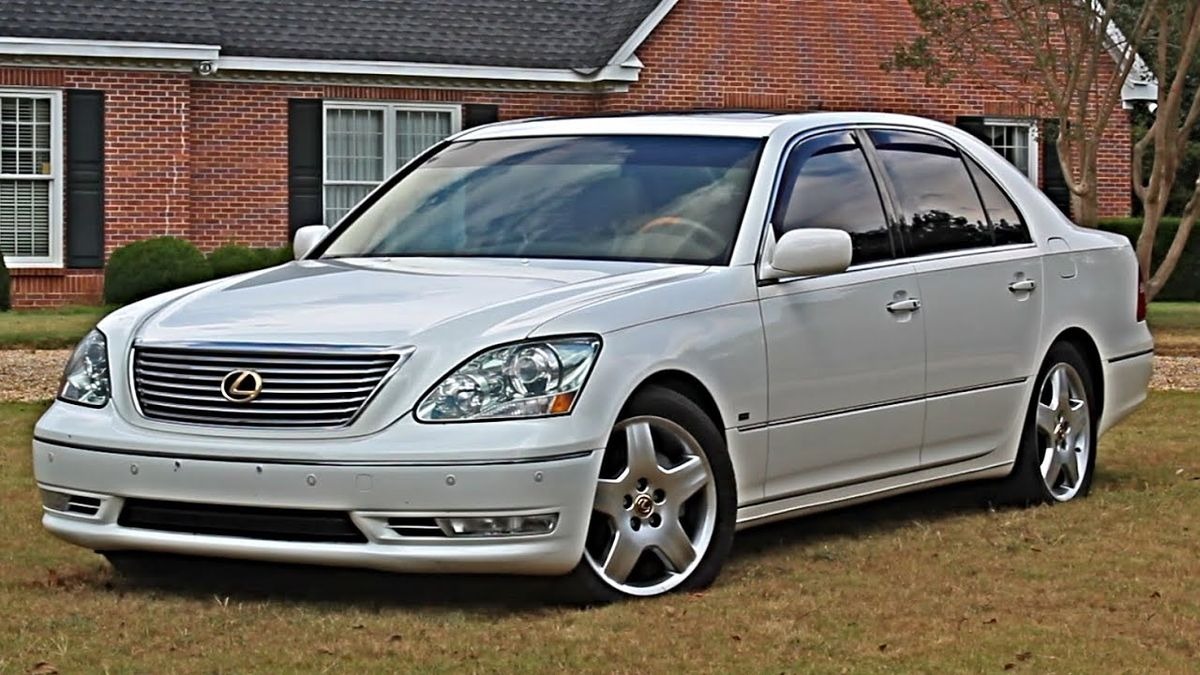
Mechanics love these cars because they’re essentially a Toyota at heart. Parts are available, diagnostics are simple, and major mechanical failures are rare.
Unlike most luxury sedans, they don’t require constant electrical troubleshooting or transmission rebuilds. They’re also incredibly comfortable, making them a favorite among highway commuters and retirees alike.
The LS 430 proves you don’t need to compromise luxury for reliability. It’s the perfect example of a car that doesn’t just survive the years—it wears them like a badge of honor.
If you want a Japanese car with prestige, comfort, and tank-like durability, the LS 430 is a top-tier pick. It truly gets better with age—and might be the best-used luxury deal on the road today.
4. Toyota 4Runner
The Toyota 4Runner is a rare breed in today’s SUV market—one that doesn’t pretend to be a car. While most modern crossovers blur the lines between sedan and sport utility, the 4Runner sticks to its roots: body-on-frame toughness, truck-like durability, and off-road credibility. And it’s exactly this old-school foundation that helps the 4Runner age like fine wine.
Introduced in the mid-1980s and refined over five generations, the 4Runner has steadily built a loyal following. But it’s the fourth and fifth generations (2003 onward) that shine in the long-term reliability category.
Powered by robust engines like the 4.0L V6 (1GR-FE), these models are known to clear 300,000 miles with minimal issues. It’s a powertrain that rarely complains, matched with a bulletproof 5-speed automatic transmission and rugged suspension components designed for abuse.
What makes the 4Runner a long-term winner isn’t just what’s under the hood. The interior, while spartan by luxury standards, is built for the long haul—hard plastics that don’t crack, switches that don’t fail, and seats that hold up better than most leather-upholstered SUVs.
Electronics are basic and reliable, and even after a decade or more, many 4Runners don’t show their age the way other SUVs do.
Another area where the 4Runner shines is versatility. Whether you’re hauling camping gear, towing a small trailer, or taking the kids to school, it gets the job done with confidence.
It’s a favorite among outdoor enthusiasts and off-roaders, and resale values are sky-high for well-maintained models. Used 4Runners, especially with clean histories, often sell at premium prices because everyone knows they last.
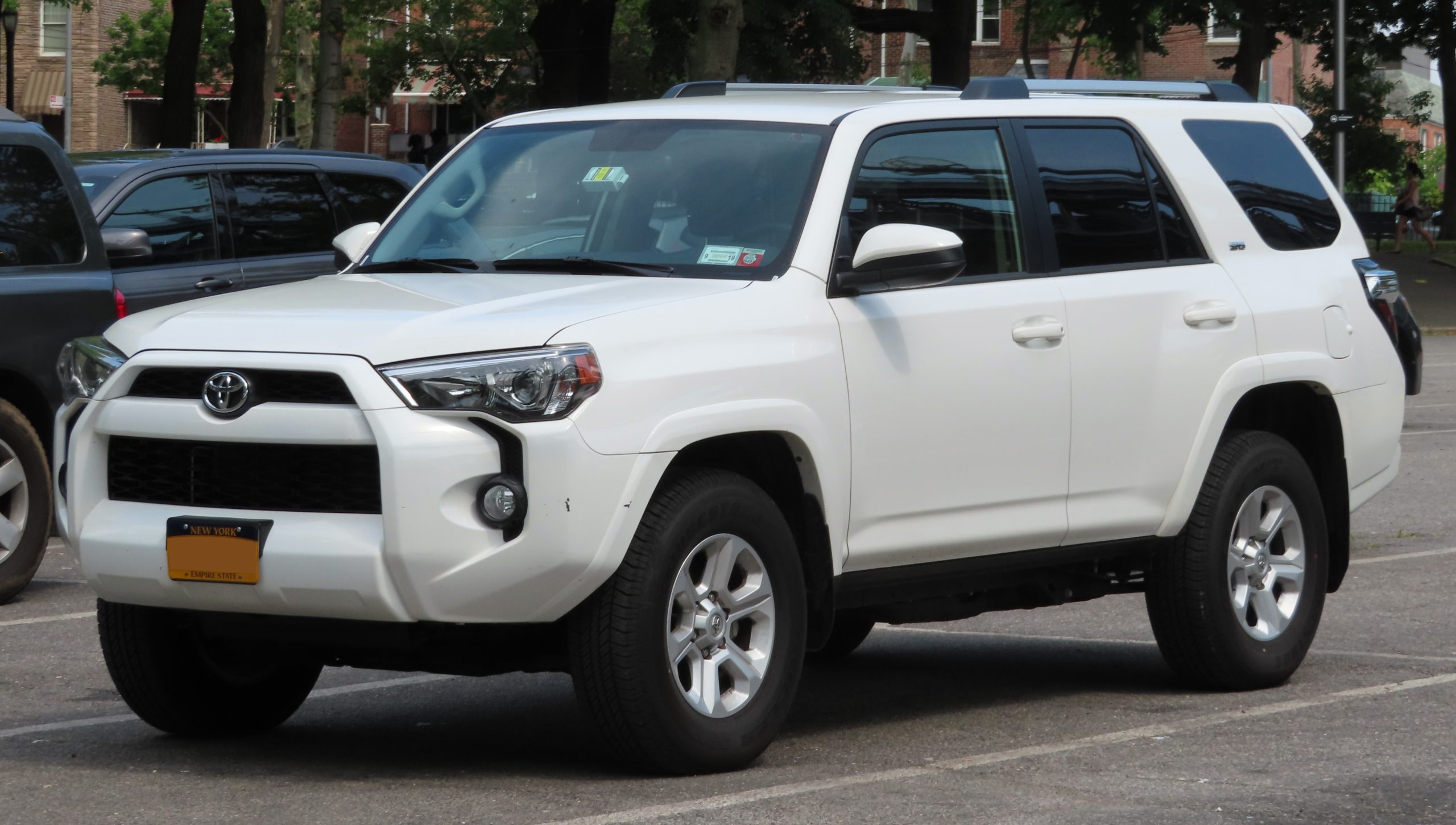
Mechanics often point to the 4Runner as one of the few modern SUVs they enjoy working on. Why? It’s accessible, uncomplicated, and built with longevity in mind. Even things like frame rust—common in many competitors—are rarely an issue if basic maintenance is done.
The Toyota 4Runner doesn’t just survive the years—it embraces them. It’s the kind of vehicle you buy once, use for a decade or more, and then pass down to your kids.
If you want a Japanese SUV that ages gracefully and can still take a beating in its old age, the 4Runner is a no-brainer.
5. Mazda MX-5 Miata
Few cars combine fun, simplicity, and longevity quite like the Mazda MX-5 Miata. Since its debut in 1989, the Miata has carved out a loyal global fanbase, and not just because it’s a blast to drive.
It also happens to be one of the most mechanically reliable sports cars ever built. If you want a Japanese car that ages like fine wine while delivering smiles per mile, the Miata is the clear winner.
The Miata’s magic lies in its lightweight, back-to-basics design. There’s no complex all-wheel-drive system, no turbocharged V6, and no unnecessary tech to weigh it down or fail over time. Instead, it offers a simple rear-wheel-drive layout, a bulletproof inline-four engine, and a five- or six-speed manual transmission that’s a joy to operate.
This straightforward engineering makes it easy to maintain, cheap to fix, and nearly impossible to kill.
Earlier generations, especially the NA (1990–1997) and NB (1999–2005), are famous for their mechanical durability. Many owners have driven these cars well past 200,000 miles with nothing more than routine maintenance.
Even the NC and ND generations remain impressively solid, with the ND (2016–present) continuing the tradition of lightweight fun with a modern edge.
What makes the Miata age so gracefully is its community. Because the car is such a cult classic, parts availability is excellent—whether OEM or aftermarket.
Forums, clubs, and YouTube tutorials make DIY maintenance simple, and there’s a wealth of shared knowledge available to any Miata owner. It’s the kind of car where fixing something is often as enjoyable as driving it.
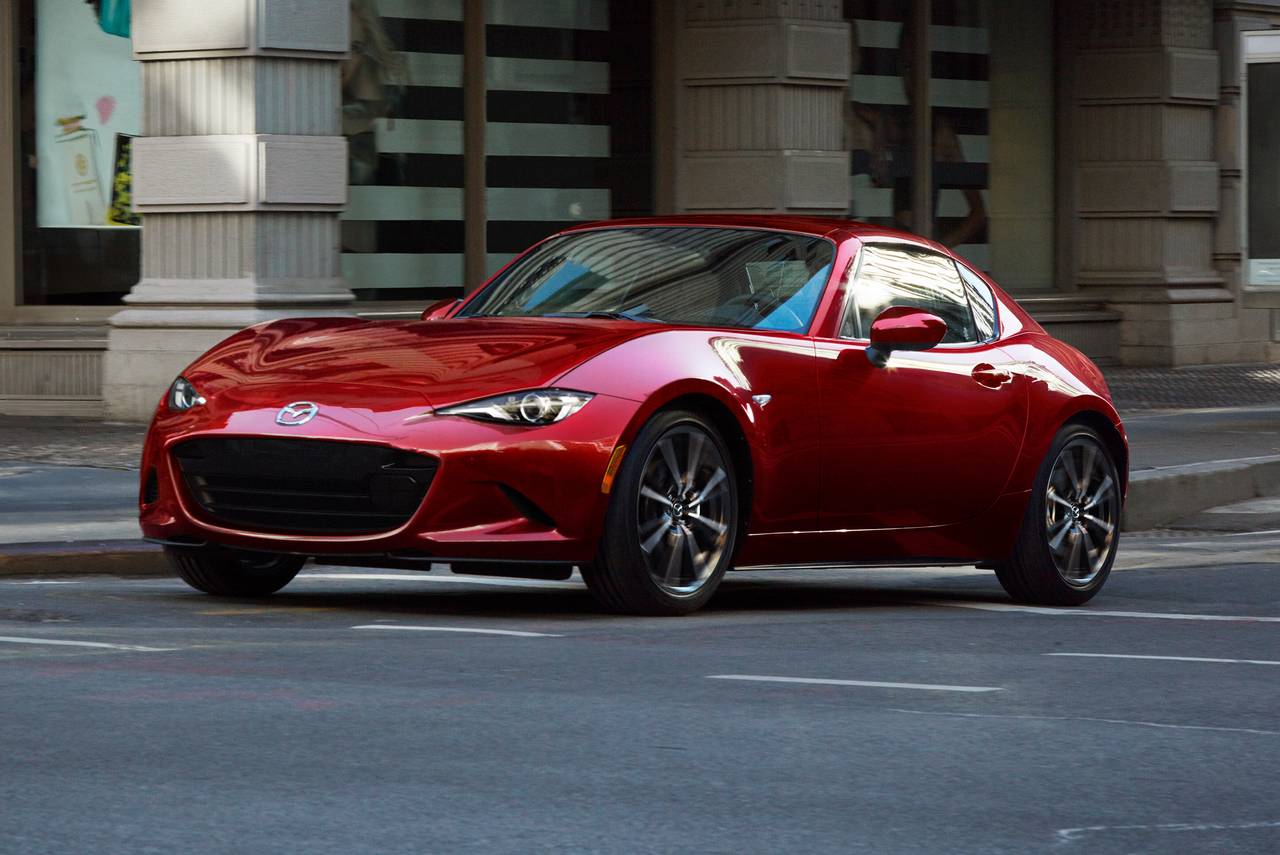
Cosmetically, the Miata holds up well, too. The minimalist design has aged better than many of its ‘90s-era peers, and its compact proportions never really go out of style.
Rust can be a concern on older models (especially in rust belt states), but with proper care, it’s avoidable. Interior materials are straightforward but durable, and the manual convertible top often outlasts electric systems found in pricier roadsters.
In short, the Miata is proof that you don’t need complexity to build something timeless. It offers reliability, personality, and joy in equal measure—and as it ages, it becomes even more of a cult icon. For those who want a dependable car that also stirs the soul, the Miata is a top-tier Japanese gem.
5 Japanese Cars That Rot Like Bread
While Japan’s automotive industry is known for building some of the most reliable and long-lasting vehicles on the planet, not every model lives up to that sterling reputation.
For every Toyota that seems to run forever, there’s a Japanese car that deteriorates rapidly—mechanically, structurally, or both. These are the models that lure buyers in with good looks, features, or pricing but end up aging poorly, like bread left out in a humid kitchen.
We’re not just talking about minor wear and tear. These are cars that become financial burdens within a few years of ownership, often due to weak engines, poorly designed transmissions, excessive rust, or unreliable electronics.
In many cases, the initial build quality just wasn’t there, or cost-cutting decisions led to long-term reliability nightmares. Some suffer from chronic recalls, others from skyrocketing repair costs that make them not worth keeping on the road.
Why is it important to spotlight these vehicles? Because many of them still show up on used car lots with attractive prices, drawing in unsuspecting buyers who assume “it’s Japanese, so it must be reliable.” That’s not always true. Some of these vehicles can become bottomless money pits after 100,000 miles—or even before.
This list aims to serve as a warning. If you’re shopping for a used car and want something that won’t constantly demand expensive repairs, these are the Japanese models you should avoid—or at the very least, approach with caution and thorough inspection.
While some may offer short-term comfort or flashy features, their long-term ownership stories often include a lot of frustration, shop visits, and regret.
Let’s dig into five Japanese cars that unfortunately rot like bread—cars that break down, fall apart, or simply weren’t built to last the way we expect Japanese vehicles to.
1. Nissan Altima (2007–2016)
The Nissan Altima once had the potential to rival the Honda Accord and Toyota Camry in the midsize sedan segment, but in its pursuit of market share, it sacrificed long-term quality.
Models from the late 2000s to mid-2010s in particular—especially the 2007–2016 range—are notorious for aging poorly. While they may have looked sharp and offered decent performance out of the gate, the Altima is a prime example of a Japanese car that rots like bread.
The biggest and most frequent complaint? The Continuously Variable Transmission (CVT). Nissan was an early adopter of CVT technology, but it wasn’t fully refined when implemented in the Altima.
These transmissions are known to fail early, sometimes before the 100,000-mile mark. Symptoms include jerking, whining, delayed acceleration, or outright loss of drive. Replacing the CVT often costs $3,500–$4,500—a price many owners find hard to justify on an aging sedan.
But the problems don’t stop there. Earlier models suffer from poor suspension components that wear out quickly, including struts and control arms.
Interior materials are prone to rapid wear, with dashboards that crack and buttons that fade. Rust has also been a common issue in northern climates, especially in wheel wells and undercarriage components.
Mechanically, the 2.5L four-cylinder engine (QR25DE) has been a mixed bag. While capable of decent fuel economy, it’s known for consuming oil as the miles add up—sometimes a quart every 1,000 miles or less. Owners have reported stalling, rough idling, and even engine failure if oil levels drop unnoticed.
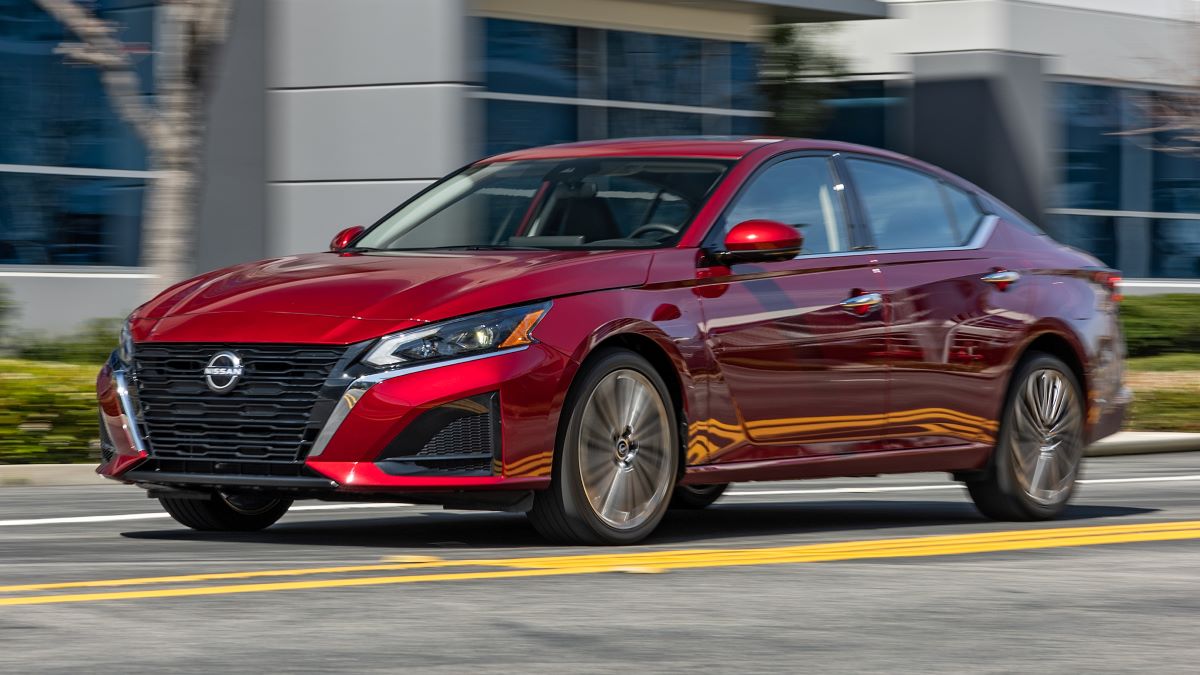
From the outside, a used Altima might seem like a deal. It offers modern styling, decent cabin space, and often a lower price than its Japanese rivals.
But dig deeper and the ownership experience can turn sour quickly. Many mechanics advise buyers to steer clear unless the car has verifiable service records—especially a documented CVT replacement.
In short, the Nissan Altima of this era is a cautionary tale. It’s a car that prioritizes short-term appeal over long-term dependability. If you’re looking for a used Japanese sedan that will stand the test of time, the Altima is best left on the lot.
2. Mitsubishi Mirage (2014–present)
On paper, the Mitsubishi Mirage looks like a sensible choice for budget-conscious drivers. It’s cheap, fuel-efficient, and comes with a long warranty.
But when it comes to long-term quality and durability, the Mirage quickly reveals itself as one of the most underwhelming Japanese cars in modern history.
Despite its name suggesting excitement or illusion, what you really get is a vehicle that ages poorly—and often becomes more trouble than it’s worth.
Let’s start with the driving experience. The Mirage is powered by a tiny 1.2-liter 3-cylinder engine, which produces a mere 78 horsepower. While modest output isn’t a dealbreaker in itself, the engine is both noisy and strained even under normal driving conditions.
Paired with an uninspired CVT transmission that feels rubbery and laggy, the Mirage is unpleasant to drive—especially on highways.
But more importantly, the drivetrain doesn’t hold up well. Many owners report premature transmission issues, especially in earlier model years, and engine components aren’t known for long-term durability.
Then there’s the build quality. Interior plastics are flimsy, easily scratched, and poorly assembled. Buttons wear out quickly, and door panels rattle even when new.
The seats flatten out in no time, offering little support, and many Mirages suffer from cabin noise levels that rival a blender on high speed. Over time, these small discomforts pile up, making daily use feel like a chore.
Structurally, the Mirage hasn’t earned high marks either. Its safety scores lag behind the competition, and owners in colder climates have complained about rust developing on suspension mounts and underbody components within just a few years. Suspension hardware is basic and not built to last, leading to a “loose” feel as the miles pile up.
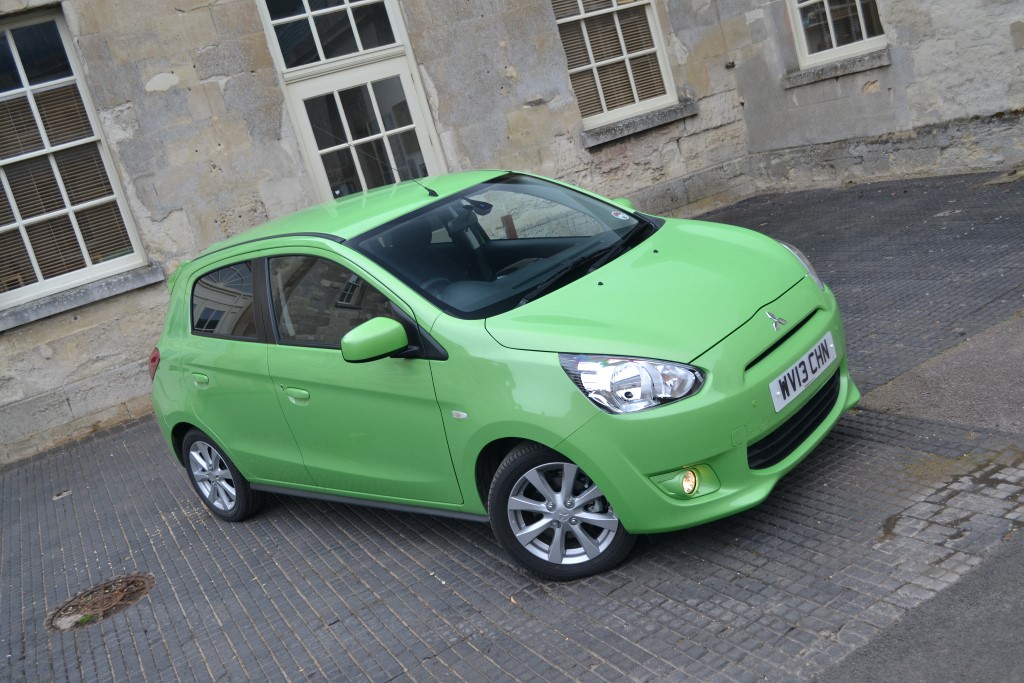
While it’s true that the Mirage has a low purchase price and excellent fuel economy, those benefits are often overshadowed by the car’s poor longevity and frustrating ownership experience.
Mechanics frequently report that Mirages are cheap to buy but expensive to maintain once things start going wrong—and they tend to go wrong sooner than they should for a Japanese vehicle.
In a market filled with better-built subcompacts from Toyota, Honda, or even Hyundai, the Mirage simply doesn’t hold up. It might serve as a short-term commuter car, but for anyone thinking long-term, it’s a Japanese car that unfortunately rots quicker than expected.
3. Subaru Impreza (2008–2014)
Subaru has built a loyal following based on its signature symmetrical all-wheel-drive system and rally-inspired heritage. But not every Subaru is a symbol of rugged dependability.
The 2008–2014 Subaru Impreza, while initially praised for its safety, traction, and practicality, has proven to be a vehicle that ages poorly—one that many mechanics now warn buyers to approach with caution.
The most infamous problem plaguing this generation is excessive oil consumption. Many Imprezas equipped with the 2.0L or 2.5L flat-four engines (commonly known as boxer engines) suffer from internal engine issues that lead to burning oil far too quickly.
Some owners have reported needing to top off oil every 1,000 miles—or risk serious engine damage. Subaru was even forced into a class-action lawsuit over this issue, which led to warranty extensions but didn’t fully solve the underlying problem.
Adding to the engine troubles is a known weakness in the head gaskets. This has been a persistent problem in Subarus for years, and the Impreza of this era is no exception.
Leaky head gaskets can cause overheating, coolant contamination, and eventually engine failure. Repairing them is labor-intensive and costly, often exceeding $1,500—an expense that few expect on a used Japanese compact.
Rust is another Achilles’ heel. Despite being marketed in snow-prone regions thanks to its all-wheel-drive advantage, many of these Imprezas develop serious corrosion around the wheel wells, suspension components, and subframes.
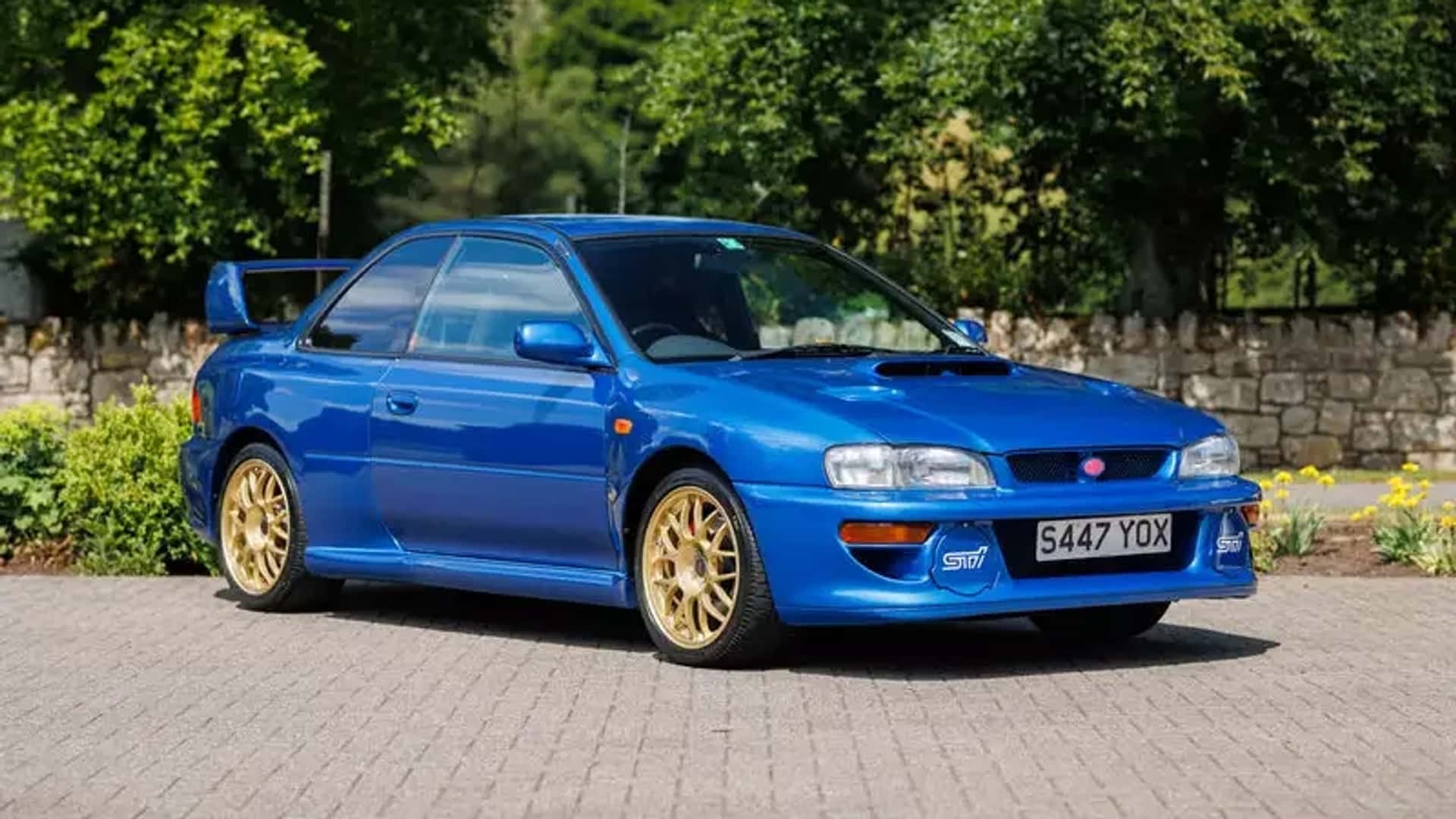
Owners in the Midwest and Northeast U.S., in particular, have reported premature rusting even with undercoating and regular washing.
Then there’s the interior. While functional, it hasn’t aged gracefully. The dash and door panels are prone to scratching, rattles appear early, and seat fabric tends to wear thin. The infotainment system—where equipped—is outdated and often glitchy by today’s standards.
In theory, the Impreza checks a lot of boxes: standard AWD, compact size, good safety scores, and a decent ride.
But in practice, it’s a car that often turns into a maintenance headache. Between engine problems, rust, and a lackluster cabin, this generation of Impreza feels like it was designed with good intentions but executed without long-term durability in mind.
If you’re seeking a reliable, long-lasting Japanese compact, there are far better options. The 2008–2014 Subaru Impreza may have the Subaru name, but it unfortunately rots faster than it rallies.
4. Suzuki Forenza (2004–2008)
Though it wears a Japanese badge, the Suzuki Forenza is more of an international misfire than a symbol of Japanese reliability.
Built during Suzuki’s ill-fated partnership with General Motors, the Forenza was actually designed by Daewoo in South Korea and sold under various names globally.
In the U.S., it was marketed as a value-packed compact sedan or wagon—but over time, it has become one of the worst-aging vehicles to ever wear a Japanese logo.
From the start, the Forenza felt like a car built to meet the bare minimum. Fit and finish were subpar even when new, and the interior quickly began to show signs of wear.
Cracking plastics, peeling knobs, malfunctioning power accessories, and sagging headliners were all common within just a few years of ownership. Unlike the typical long-lasting Japanese interiors found in a Toyota or Honda, the Forenza’s cabin seemed built for temporary use.
Mechanically, things were even worse. The 2.0L inline-four engine was underpowered and unrefined, but its real sin was its tendency toward early failure.
Timing belt issues, poor engine mounts, stalling, and misfires plagued many units before hitting 100,000 miles. Transmission reliability was also questionable, particularly with the automatic versions, which were prone to hard shifting and early wear.
Electrical gremlins became a recurring nightmare for owners. Dash lights would flicker, radios would fail, windows stopped working, and check engine lights would illuminate seemingly at random. For a car designed to be simple and economical, the Forenza delivered an ownership experience that felt anything but.
Suzuki’s declining presence in the U.S. further complicated matters. As the company pulled out of the American car market in 2012, parts availability began to dry up.
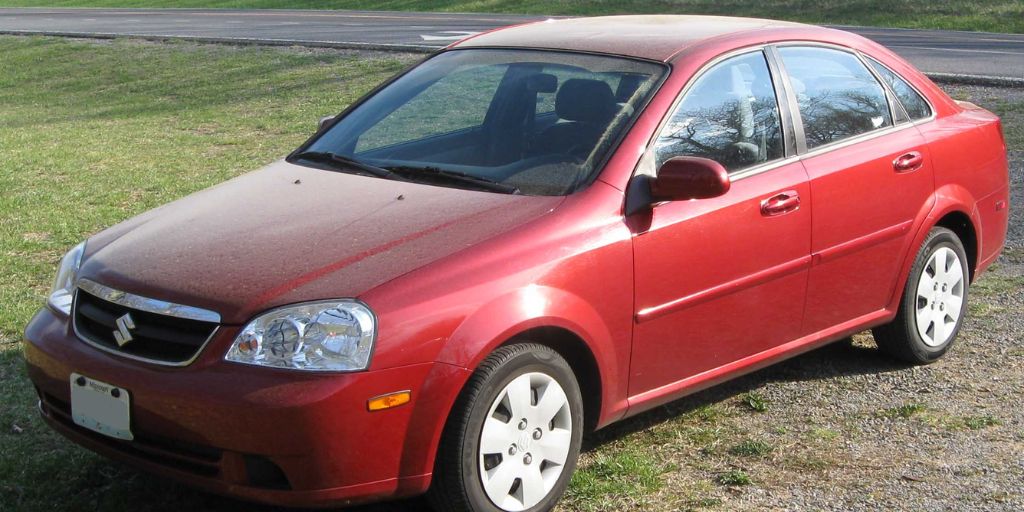
Finding replacement components for the Forenza became a scavenger hunt, making even small repairs frustratingly difficult or expensive.
Add to this its dismal resale value and you have a vehicle that depreciates fast and delivers little in return. While it may tempt buyers on a tight budget, the Suzuki Forenza is often a money pit in disguise—unreliable, cheap-feeling, and hard to maintain as it ages.
In short, the Forenza is a prime example of a “Japanese” car that isn’t truly Japanese in quality. It rots fast—mechanically, cosmetically, and financially—and should be avoided by anyone seeking long-term dependability.
5. Scion tC (2005–2016)
The Scion tC was designed to bring sporty flair and affordability to younger drivers under Toyota’s now-defunct Scion brand.
While it succeeded in turning heads with its coupe-like styling and offered a punchy engine for its price, the tC has proven to be a disappointment in long-term reliability.
Despite being backed by Toyota, this compact hatchback has aged more like bread left out in the rain—quick to mold, and quick to crumble.
The first generation (2005–2010) and second generation (2011–2016) both struggled with quality control and durability. One of the most well-documented issues is the tendency for the 2.4L 4-cylinder (in the early models) and the later 2.5L engine to burn oil excessively.
Some owners have reported losing a quart of oil every 1,000 miles—even earlier than 75,000 miles on the odometer. Toyota acknowledged the problem but was slow to issue resolutions, and repairs, like replacing piston rings, can be expensive and labor-intensive.
Transmission issues, though less widespread, also popped up in both manual and automatic versions. Grinding gears, premature clutch wear, and a notchy shifting feel are common complaints, particularly in higher-mileage cars that weren’t babied.
Build quality is another red flag. While the tC looked sporty, its interior materials felt cheap and didn’t hold up well over time.
Rattling panels, fading plastics, and malfunctioning window regulators became familiar annoyances for long-term owners. The panoramic sunroof—a signature feature—was prone to leaks, creaks, and even spontaneous shattering in some cases.
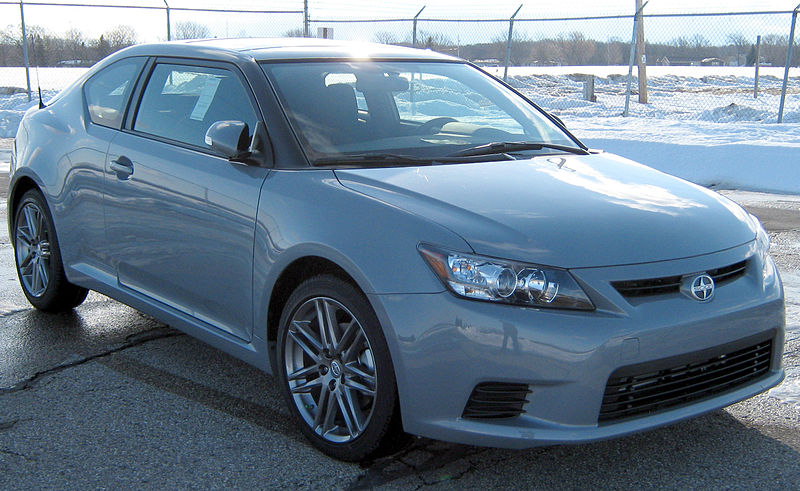
Then there’s the suspension. Many tCs developed clunky, loose front-end feels after just a few years. Strut mounts, control arms, and bushings wear quickly—especially in drivers who leaned into the car’s sporty marketing and pushed it harder than a daily commuter.
Combine this with low ground clearance and stiff ride tuning, and the tC ends up aging rougher than most of its competitors.
To make matters worse, resale value has been poor, and aftermarket support hasn’t aged as gracefully as the Civic or Corolla’s. What once seemed like a tuner’s dream is now largely forgotten in favor of better-built options.
While it had the Toyota name behind it, the Scion tC never truly inherited Toyota’s famed reliability. What it gained in style, it lacked in staying power. For buyers looking for a Japanese car that lasts, the tC is a flashy disappointment that spoils far too soon.
Japanese cars have earned their reputation for reliability, but as we’ve seen, that reputation isn’t universal across every badge or model. Some age with grace, becoming dependable companions that serve faithfully for hundreds of thousands of miles.
Others, however, start falling apart long before they should—dragging their owners into costly repair cycles and constant frustration.
The difference between a car that ages like wine and one that rots like bread isn’t just about the name on the grille—it’s about the care, design philosophy, and engineering that went into building it.
Also Read: 5 Brands That Hold Value Like Gold and 5 Like Wet Paper

